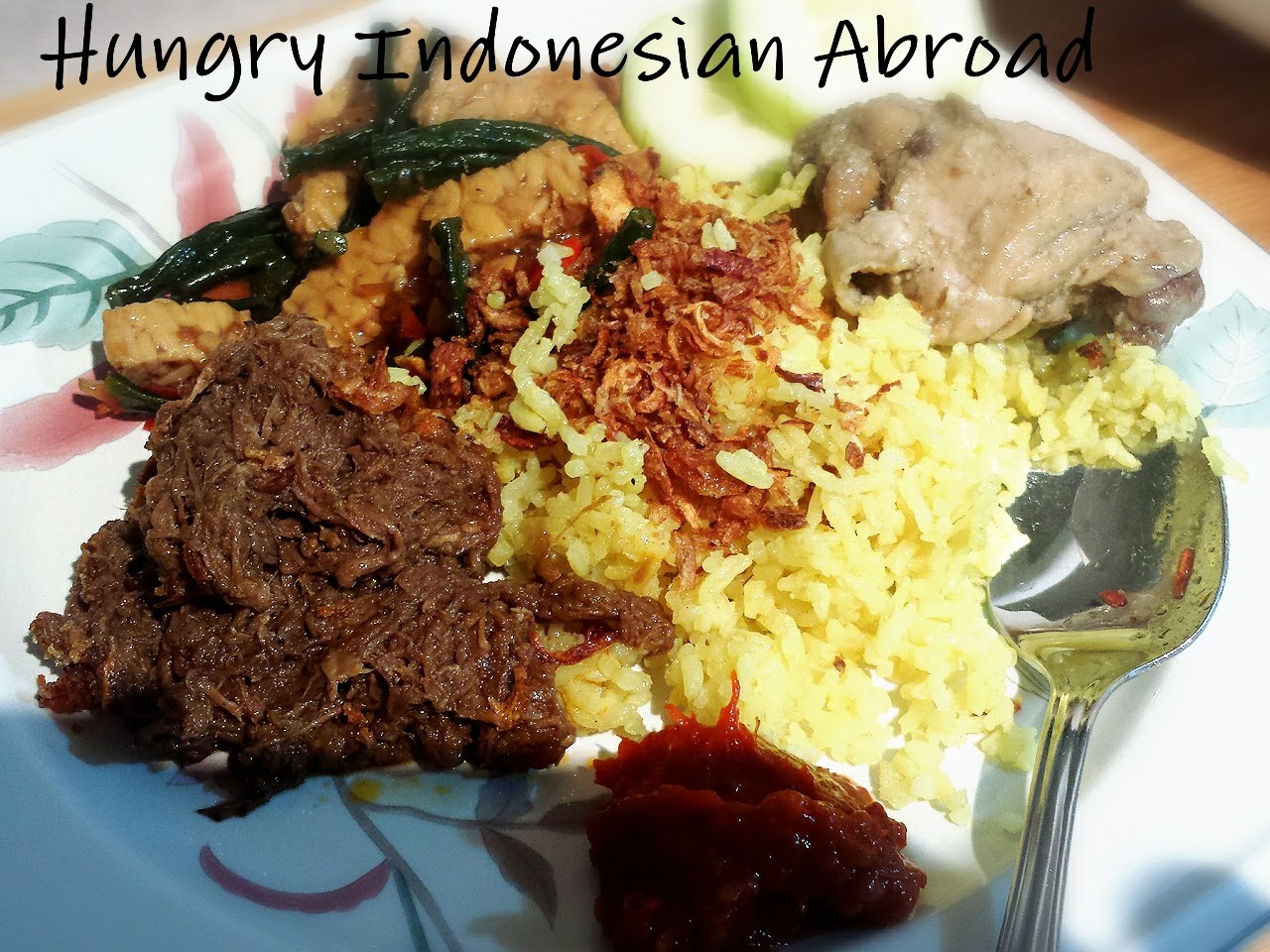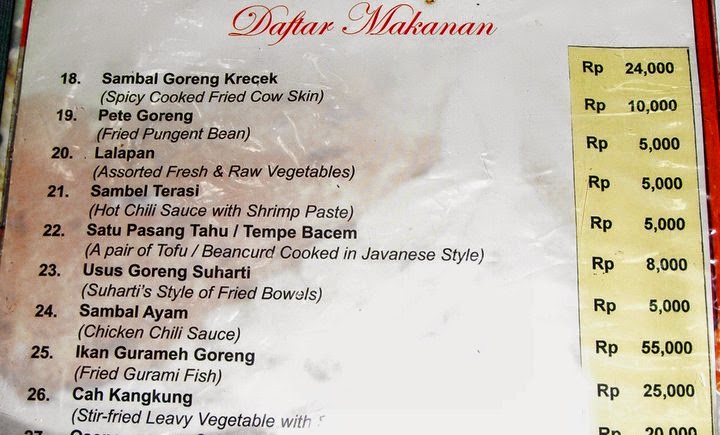My oh my... Another street food that you can find at every corner of every street in Jakarta. When I was back home, I had this bowl of comfort food at least once a week! Usually every Sunday, after the morning mass, I rushed out to have this. I must say, back then I think I went to church because of all the street food scattered nearby. Now, I can make my own bowl of comfort food!
I am using this Ramen Shoyu noodles (Brand name: Sun Noodles). I am picky with my noodles and this brand passed my taste bud. It is also individually wrapped which makes it easier for portion control. One package contains two packs of noodle.
Ingredients for chicken and mushroom mixture:
4 chicken breast fillet, boneless and skinless, cut in cubes
1 can of sliced mushroom
2 tbsp. Indonesian sweet soy sauce
2 tbsp. oyster sauce
1 tbsp. sugar
1 tbsp. soy sauce
1/2 tsp. salt
2 cloves of garlic, minced
100 ml chicken stock
2 tbsp. vegetable oil
Ingredients for noodle seasoning:
5 cloves of garlic, minced
2 cloves of shallot, minced
10 tbsp. of vegetable oil
1 cup of chicken stock
2 tbsp. of salt
1/4 tsp. of black pepper
1/4 tsp. of ground coriander
Ingredients for chicken soup:
2 cups of chicken stock
2 tbsp. soy sauce
Spring onions, chopped
Other ingredients needed:
Ramen noodles (But of course!)
Bok Coy
Asian Beef Balls
Spring onions, chopped, for garnish
Preparations for chicken and mushroom mixture:
Heat a large sauté pan over medium heat. Add oil to the pan.
When oil is hot, stir fry garlic until fragrant. Add chicken cubes and mushroom. Mix well until the chicken is cooked through.
Add sweet soy sauce, oyster sauce, soy sauce, sugar and salt. Stir and mix well.
Add chicken stock. Cook until it boils and chicken is softened.
Set aside.
Chef notes: The mixture is suppose to be saucy; the dark watery sauce is part of all the yummy goodness.
Preparations for noodle seasoning:
Heat a medium sauté pan over medium heat. Add oil to the pan.
When oil is hot, stir fry garlic, shallot until fragrant.
Add chicken stock, salt, pepper and coriander. Cook until it boils.
Set aside.
Preparations for the chicken soup:
In a sauce pan over medium heat, boil the chicken stock with soy sauce.
Pour the chicken soup in small bowls, and add chopped spring onions.
When those three things are done, in another sauce pan, boil some water over medium heat. Stretch the ramen a bit and drop it in the boiling water. You may also cook the beef ball together with the noodles. About 5-6 minutes.
Drain the noodle and quickly blanch the bok coy in hot boiling water.
Get the big bowls ready... We are about to assembly the noodles!
Put 4 tbsp. of the noodle seasoning in the bowl. Add the ramen noodle and mix it accordingly. Make sure the ramen is coated with the noodle seasoning. Add more if needed.
Add 5 tbsp. of the chicken and mushroom mixture on top of the noodle. Add the bok coy, beef balls and chopped spring onions.
Serve immediately while it's hot with the chicken soup on the side.
I believe ladies and gentlemen, you have found heaven in a bowl!
Enjoy!

























